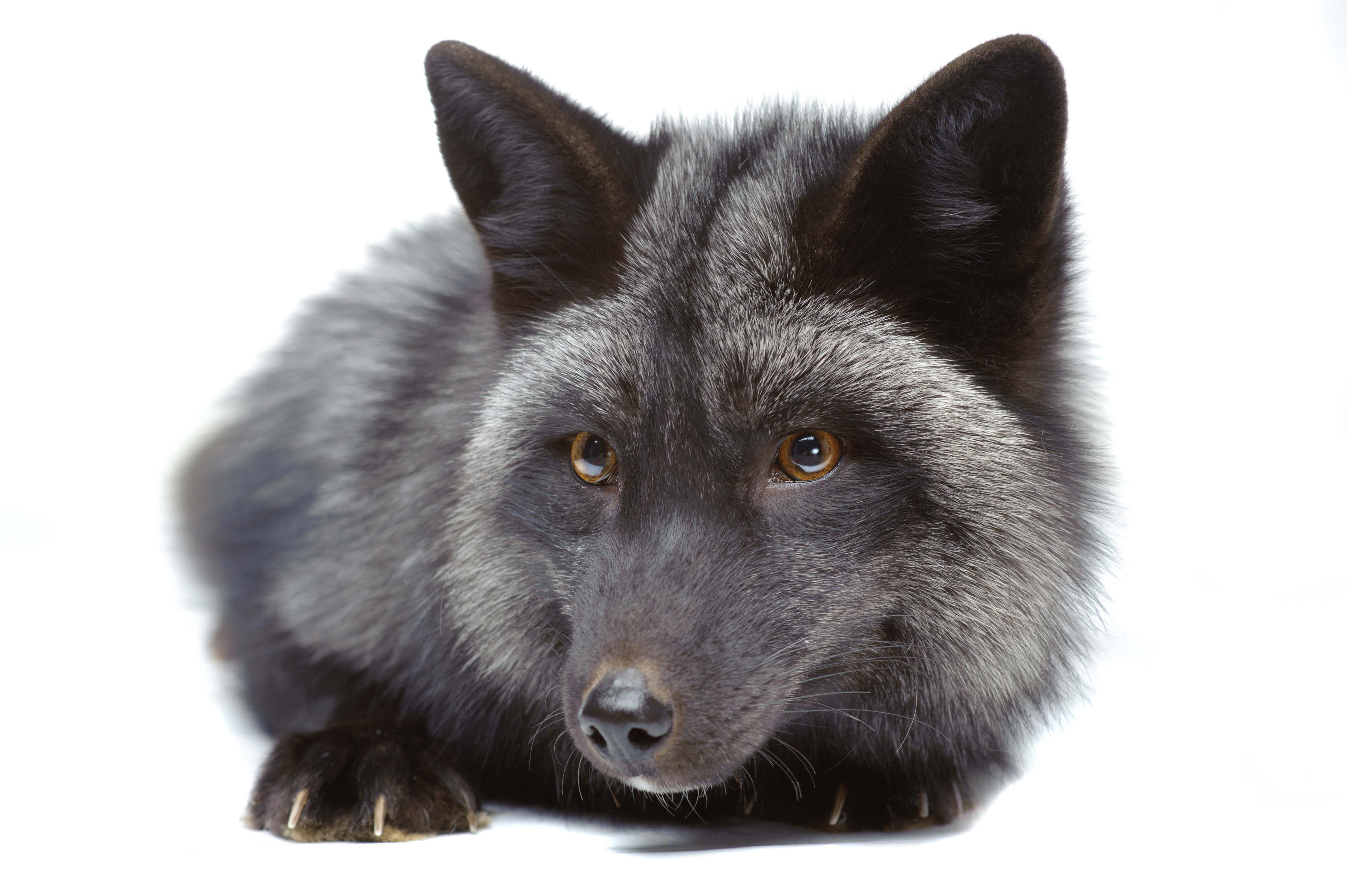At Black Foxes UK, we are passionate about understanding and conserving the diverse and fascinating fox populations across the country. To aid this mission, we’ve developed an interactive Google Map that documents the locations of historical fur farms in the UK. But this isn’t just about looking into the past—our map also provides insight into the present, recording sightings of escaped captive-bred North American red foxes that have the potential for breeding, as well as mapping fox oddities.
Why Map Fur Farms and Fox Sightings?
Fur farming, although banned across the UK between 2000 and 2003, has left a lasting legacy on fox populations. Most fur farms in the UK began operating just before the Second World War. However, when the war started, many farmers were called up for military service, and the introduction of rationing made maintaining these farms unsustainable. As a result, many chose to release their foxes into the wild. These animals, often bred for their unique fur colours, including melanistic (black) and platinum (grey and white) variants, introduced distinctive genetic traits into native fox populations.
By combining historical data with modern observations, we aim to explore potential correlations between the locations of former fur farms and the occurrence of these unusual foxes today. Could the foxes spotted in the wild be descendants of escapees from those wartime releases? Is there a pattern linking fur farms to areas where we see more melanistic foxes or other fox oddities? Our mapping project helps us investigate these intriguing questions.
What Does the Map Show?
Our map includes:
Locations of Historical Fur Farms: Detailed markers show where fox farms were once active, offering a glimpse into the industry’s distribution across the UK.
Fox Oddities: Foxes with unusual colour variations that are not melanistic, partially melanistic or leucistic, such as foxes with health conditions that cause an unusual appearance and other quirks, are also catalogued to provide a broader picture of fox diversity.
Known Escapees with Breeding Potential: We track reports of modern-day captive-bred escaped North American Red Foxes (NARF), that could influence local fox populations through breeding.
You can view the map, here.
While the map itself does not yet include sightings of melanistic, partially melanistic, and leucistic foxes, it has been designed to complement a detailed study we are currently preparing on these reports. Once that data becomes available, the map will serve as a valuable tool to compare and visualise their distribution in relation to historical fur farms and other fox oddities.
How This Supports Conservation and Research
This project is more than a historical curiosity; it’s a valuable tool for conservation and ecological study. By identifying patterns, we can:
Assess Genetic Influences: Determine whether unique fur traits in the wild population could be linked to fur farm escapees.
Support Conservation Efforts: Raise awareness about the impact of fur farming and exotic pet keeping to promote the protection of unique foxes.
Guide Future Studies: Provide a foundation for further research into fox genetics, behaviour, and urban adaptation.
How the Public Can Help
We believe that collaboration with the public is key to the success of this project. Here’s how you can get involved:
Report Sightings: If you’ve spotted an unusual fox, such as a melanistic or leucistic individual, let us know! Your reports help us build a more complete picture of their distribution.
Notify Us of Escapees: If you’re aware of any escaped captive-bred foxes, especially those with breeding potential, please get in touch.
Share Information on Historic Fox Farms: If you have knowledge of historical fox farms that are not yet on our map, we’d love to hear from you.
Contact us at www.blackfoxes.co.uk.
Your contributions, no matter how small, are invaluable in helping us expand our understanding and protect these incredible animals.
A Vision for the Future
Our mapping project exemplifies the broader mission of Black Foxes UK: to blend historical insights with modern research and community engagement. As we deepen our understanding of the interplay between human activities and wildlife, we hope to foster a future where foxes—in all their forms—are appreciated and protected.
Visit our website to explore the map, share your sightings, or learn more about our work. Together, we can uncover the hidden stories of the UK’s fox populations and ensure they thrive for generations to come.



